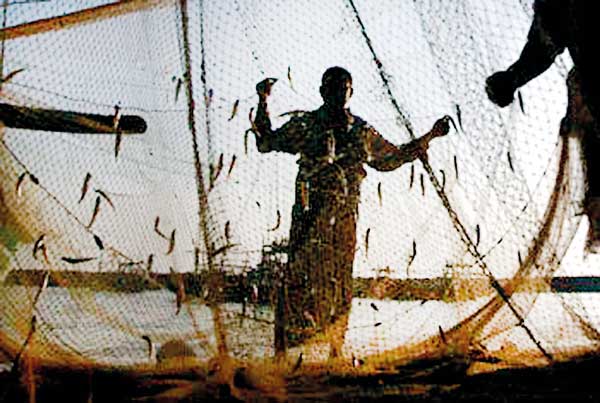Reply To:
Name - Reply Comment
Last Updated : 2024-04-20 00:00:00


 It is reported in the print that the Hon. Foreign Minister, Prof. Peiris has made certain comments to questions raised by the journalist in Delhi to the effect that the 1974 Agreement determined the demarcation of Kachchativu in terms of an International Maritime Boundary Line with regard to the historic waters between India and Sri Lanka.
It is reported in the print that the Hon. Foreign Minister, Prof. Peiris has made certain comments to questions raised by the journalist in Delhi to the effect that the 1974 Agreement determined the demarcation of Kachchativu in terms of an International Maritime Boundary Line with regard to the historic waters between India and Sri Lanka.ss Thursday, 29 August 2013 04:07 AM
Fine, let there be case in International court of Justice then !
Can srilanka accept the challenge!

Add comment
Comments will be edited (grammar, spelling and slang) and authorized at the discretion of Daily Mirror online. The website also has the right not to publish selected comments.
Reply To:
Name - Reply Comment
On March 26, a couple arriving from Thailand was arrested with 88 live animal
According to villagers from Naula-Moragolla out of 105 families 80 can afford
Is the situation in Sri Lanka so grim that locals harbour hope that they coul
A recent post on social media revealed that three purple-faced langurs near t